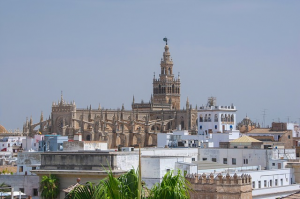
Sevilla is famous for its cathedral, Santa Maria de la Sede, the largest Gothic cathedral in the world, built during the 15th century. Sevilla is also famous for its university. Within the university, the Developmental Biology Institute has been doing much research into the nutritional and medical importance of Coenzyme Q10.
Spanish researchers at the Pablo de Olavide University in Sevilla hypothesized that the effect of physical activity on plasma Coenzyme Q10 levels and on plasma Coenzyme Q10/cholesterol ratios might vary according to the age of the individuals engaging in the physical activity. Their results show, for the first time, an apparently different effect of exercise on young people and on older people.
- Lower levels of plasma Coenzyme Q10 and lower Coenzyme Q10/cholesterol ratios were associated with high levels of physical activity in the young people more so than in older people who were also exercising. That result was surprising.
- Moreover, lower levels of plasma Coenzyme Q10 and lower Coenzyme Q10/cholesterol ratios were associated with high levels of physical activity in the younger people more so than with moderate levels of physical activity in younger people. That result was not surprising.
- What was most surprising was the data that showed that older people who exercised more often and more intensely had higher levels of Coenzyme Q10 in plasma and higher ratios of Coenzyme Q10 to cholesterol in plasma than did older adults who exercised moderately or who were mostly sedentary. In this respect, the effect of exercise on the older people differed from the effect of exercise on the younger participants [Del Pozo-Cruz 2014].
Coenzyme Q10 and physical activity in young people
In the Spanish study, the young participants had an average age of 20 years plus or minus 2 years. Two possible explanations come to mind for the lower plasma Coenzyme Q10 levels in highly active younger people:
- The younger people were more able than older people to use their Coenzyme Q10 as an antioxidant to neutralize the harmful free radicals generated by the vigorous exercise.
- Being young people, the younger participants had fewer low-density lipoproteins in plasma to carry the Coenzyme Q10 molecules than did the older people; therefore, the measured plasma Coenzyme Q10 levels were seen to be lower [Del Pozo-Cruz 2014].
Coenzyme Q10 supplements for young people who exercise
So far, the clinical trial evidence related to the Coenzyme Q10 supplementation of young athletes and to the gains in performance or recovery has been mixed. However, above and beyond the issue of performance gains, it does seem logical that young athletes need a Coenzyme Q10 supplement to provide more antioxidant defense against the harmful free radicals generated by strenuous exercise.
Coenzyme Q10 and older people and the aging process
Coenzyme Q10 is important in the aging process. There can be little doubt about that. Once into adulthood, the human body’s synthesis of Coenzyme Q10 decreases with increasing age [Kalen 1989]. Supplementation of the Mediterranean diet with Coenzyme Q10 is associated with significant reduction of oxidative damage and inflammation in elderly adults [Yubero-Serrano 2011, 2012]. Supplementation of healthy elderly adults with a combination of Coenzyme Q10 and selenium is associated with a number of significant health benefits [Alehagen 2013, Johansson 2013]:
- Improved heart function
- Reduced risk of cardiovascular disease and death
- Reduced oxidative stress and reduced inflammation
- Reduced risk of atherosclerosis
- Reduced number and length of hospital stays
- Improved quality of life
Why is Coenzyme Q10 so important as we age?
Energy Production.
Let’s look at what happens as we get older. One general characteristic of older adults is that they produce less energy as they get older. In particular, older adults produce less energy in the heart muscle and in the skeletal muscle. This is not surprising. Coenzyme Q10 is a vital component of the energy production process in the muscle cells. We need a good Coenzyme Q10 supplement as we get older.
Antioxidant Defense.
Moreover, as our cells produce energy, they necessarily produce a harmful by-product called free radicals, also known by the name reactive oxygen species. As we get older, the cumulative effect of the oxidative damage that these free radicals do to the cell structure and to the cell DNA can build to the point of causing degenerative diseases. Coenzyme Q10 is an important lipid-soluble antioxidant that neutralizes many of the most harmful free radicals in cell membranes and in lipoproteins [Singh 2005, Navas 2007, Turunen 2004].
Coenzyme Q10 supplementation to restore the antioxidant-free radical balance
We need to remember that Coenzyme Q10 is an important antioxidant. Because older people produce less Coenzyme Q10 as they get older, they need a daily supplement to make the Coenzyme Q10 available to counteract the harmful effects of free radicals.
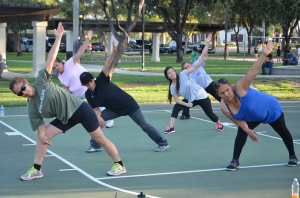
The Spanish study shows that, in older adults, higher levels of exercise are associated with high levels of plasma Coenzyme Q10 and with higher Coenzyme Q10-to-cholesterol ratios in plasma.
Coenzyme Q10 and physical activity
The 2014 Spanish study shows that higher levels of physical activity by older people (average age in the study: 65 years plus/minus 15 years) is associated with the following health benefits [Del Pozo-Cruz 2014]:
- Higher content of Coenzyme Q10 in plasma
- Lower levels of lipid oxidative damage
- Lower levels of low-density lipoprotein oxidation in plasma
- High ratios of Coenzyme Q10 to cholesterol
The health benefits, in turn, are reduced risk of heart disease and reduced risk of death from heart disease [Alehagen 2013]. There seems to be a special inter-relationship between Coenzyme Q10 and selenium that can give a therapeutic benefit to older adults.
Exercise to increase plasma Coenzyme Q10 levels
The Spanish study is interesting because it provides an additional rationale for recommending that older adults engage in physical activity: to stimulate the body’s synthesis of Coenzyme Q10.
We do not know of any hormonal stimuli to increase the body’s synthesis of Coenzyme Q10 in humans. Exercise, on the other hand, seems to provide such stimulation.
Caveat: Of course, the ability to increase plasma Coenzyme Q10 levels with exercise will depend upon the individual’s health status and will vary from individual to individual.
Coenzyme Q10 supplement still needed
Nothing is quite as impressive as the evidence from a well-designed randomized, double-blind, placebo-controlled clinical study such as the KiSel-10 study reported by Dr. Urban Alehagen and his team of researchers at the university in Linköping, Sweden. The results from their 443-person study show that daily supplementation with 200 milligrams of Coenzyme Q10 (in the form of ubiquinone) and 200 micrograms of an organic high-selenium yeast is associated with significantly improved heart health and heart function.
Read our key article about CoQ10 and cardiovascular health in elderly people
Sources
Alehagen, U., Johansson, P., Björnstedt, M., Rosén, A., & Dahlström, U. (2013). Cardiovascular mortality and N-terminal-proBNP reduced after combined selenium and coenzyme Q10 supplementation: a 5-year prospective randomized double-blind placebo-controlled trial among elderly Swedish citizens. International Journal of Cardiology, 167(5), 1860-1866.
Del Pozo-Cruz, J., Rodríguez-Bies, E., Ballesteros-Simarro, M., Navas-Enamorado, I., Tung, B. T., Navas, P., & López-Lluch, G. (2014). Physical activity affects plasma coenzyme Q10 levels differently in young and old humans. Biogerontology, 15(2), 199-211.
Kalen A., Appelkvist E.L., & Dallner G. (1989). Age-related changes in the lipid compositions of rat and human tissues. Lipids, 24(7):579–584.
Navas, P., Villalba, J. M., & de Cabo, R. (2007). The importance of plasma membrane coenzyme Q in aging and stress responses. Mitochondrion, 7 SupplS34-S40.
Singh, R. B., Niaz, M. A., Kumar, A., Sindberg, C. D., Moesgaard, S., & Littarru, G. P. (2005). Effect on absorption and oxidative stress of different oral Coenzyme Q10 dosages and intake strategy in healthy men. Biofactors (Oxford, England), 25(1-4), 219-224.
Turunen, M., Olsson, J., & Dallner, G. (2004). Metabolism and function of coenzyme Q. Biochimica Et Biophysica Acta, 1660(1-2), 171-199.
Yubero-Serrano, E. M., Gonzalez-Guardia, L., Rangel-Zuñiga, O., Delgado-Lista, J., Gutierrez-Mariscal, F. M., Perez-Martinez, P., & Lopez-Miranda, J. (2012). Mediterranean diet supplemented with coenzyme Q10 modifies the expression of proinflammatory and endoplasmic reticulum stress-related genes in elderly men and women. The Journals of Gerontology. Series A, Biological Sciences and Medical Sciences, 67(1), 3-10.
Yubero-Serrano, E. M., Delgado-Casado, N., Delgado-Lista, J., Perez-Martinez, P., Tasset-Cuevas, I., Santos-Gonzalez, M., & Lopez-Miranda, J. (2011). Postprandial antioxidant effect of the Mediterranean diet supplemented with coenzyme Q10 in elderly men and women. Age (Dordrecht, Netherlands), 33(4), 579-590.


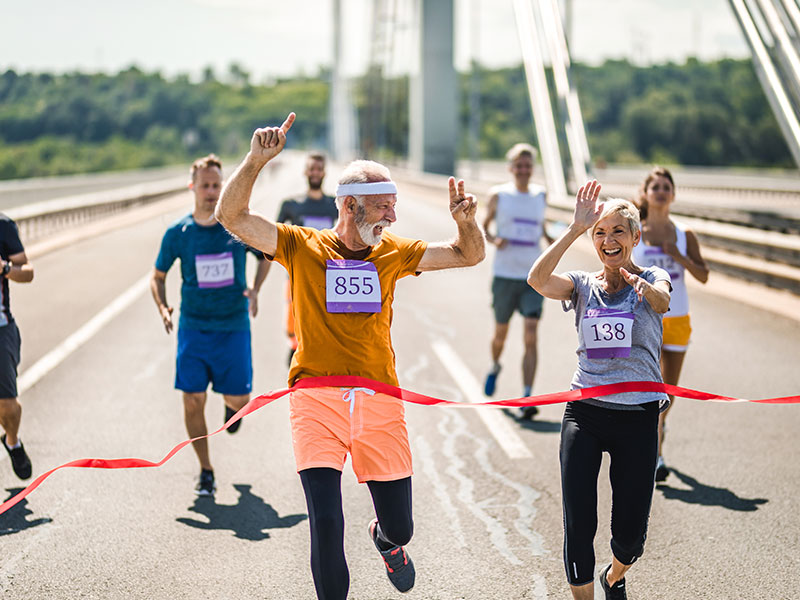
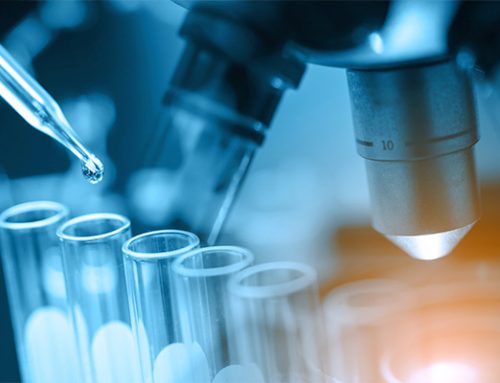
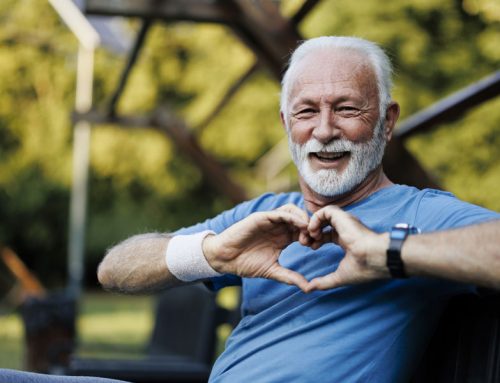
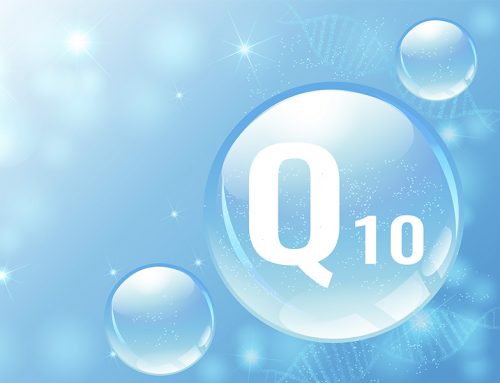
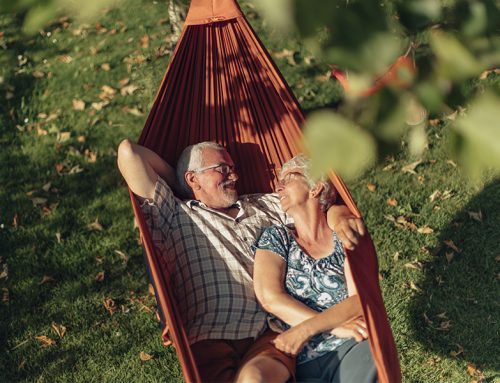
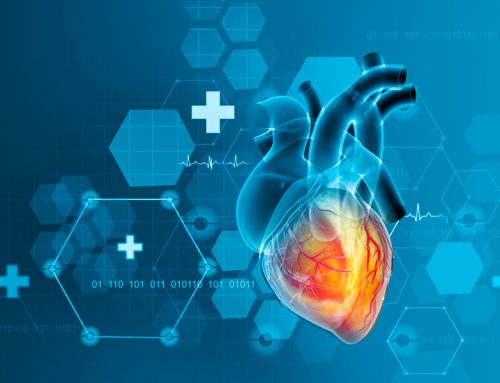

Leave A Comment